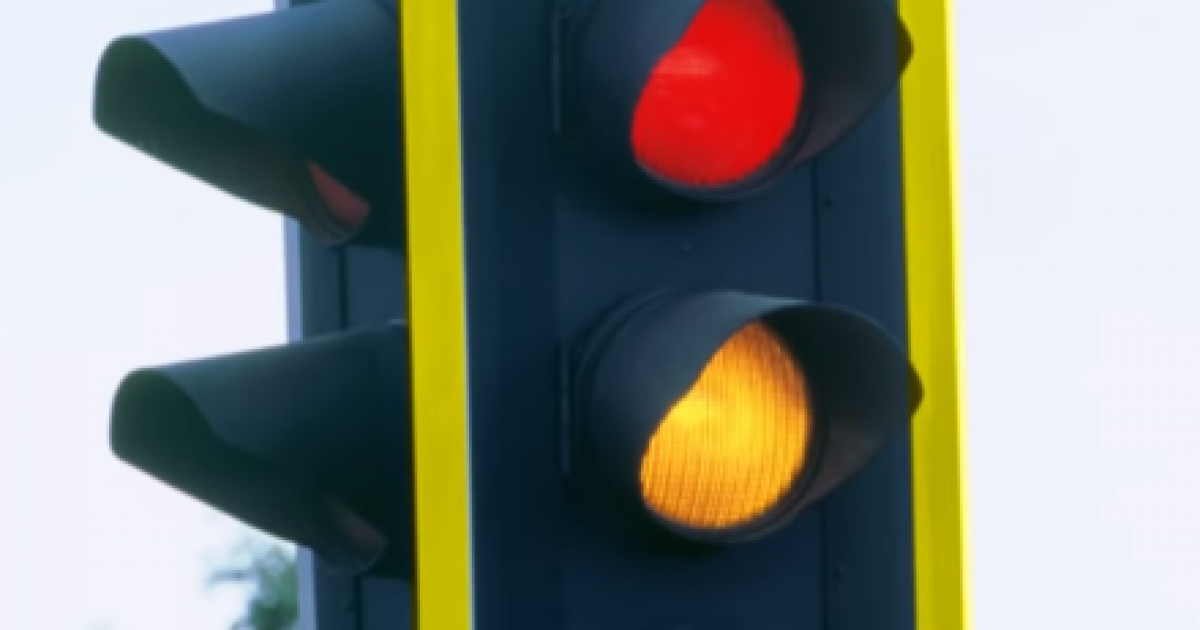
According to a report from Reason, the Illinois Comptroller’s office will no longer provide aid to cities who collect fines from red light cameras because of a pay-for-play investigation being conducted on contractor SafeSpeed.
In 2017, ABC7 and the Chicago Sun-Times revealed that the majority of drivers fined for running red lights were actually making right turns. Some of these drivers even made right turns after stopping completely.
In 2019, ABC7 also discovered that the Chicago intersections that generated the most fines had shorter light durations, which gave drivers less time to legally pass through. The investigation pointed to one intersection where the green and yellow lights were only on for a total of 20 seconds.
“As a matter of public policy, this system is clearly broken. I am exercising the moral authority to prevent state resources being used to assist a shady process that victimizes taxpayers,” Comptroller Susana A. Mendoza stated in a press release.
The press release indicated that a federal investigation into red light contractor SafeSpeed was the final straw.
The Sun-Times and the Chicago Tribune have both covered SafeSpeed’s intimate relationship with local officials, including links to a county commissioner’s chief of staff and a former police chief. The police chief was fired from his job in the police department after his relationship with the company was exposed. Working as consultants, these local officials negotiated having SafeSpeed’s present in various communities. At least one of the officials revealed that he received compensation for every fine paid in certain municipalities.
SafeSpeed previously tried to install red light cameras in Oakbrook Terrace. State bureaucrats were opposed to this move, but was supported by State Senator Martin Sandoval who received hefty donations from SafeSpeed. Sandoval’s sketchy relationship with SafeSpeed was just one of questionable connections that caused the FBI to raid his residence and office. In November, Sandoval announced his resignation during the corruption scandal.
“This kind of arrangement stinks—it’s plain rotten,” Mendoza continued remarking about the scandal. “It exploits taxpayers and especially those who struggle to pay the fines imposed, often the working poor and communities of color. We can’t continue the practice of municipal employees directly pocketing cash from contracts they arrange.”
Beside the corruption concerns, studies across the nation uncovered that their local red-light cameras have generated very little positive impact on safe driving practices. Interestingly, a 2014 report from Reason found the following:
“Chicago’s red light cameras may have traded in one traffic accident for another: While the rate of right-angle crashes causing injury at intersections decreased by 15 percent (much lower than the city’s touted 47 percent), rear-end collisions causing injury rose by 22 percent. Additionally, 40 percent of the cameras were placed in intersections with low rates of injury-causing collisions.”
Red light cameras represent another kind of money-grabbing scheme that all grassroots activists should be on the lookout for. It’s often our own backyards where corruption begins to take root.



